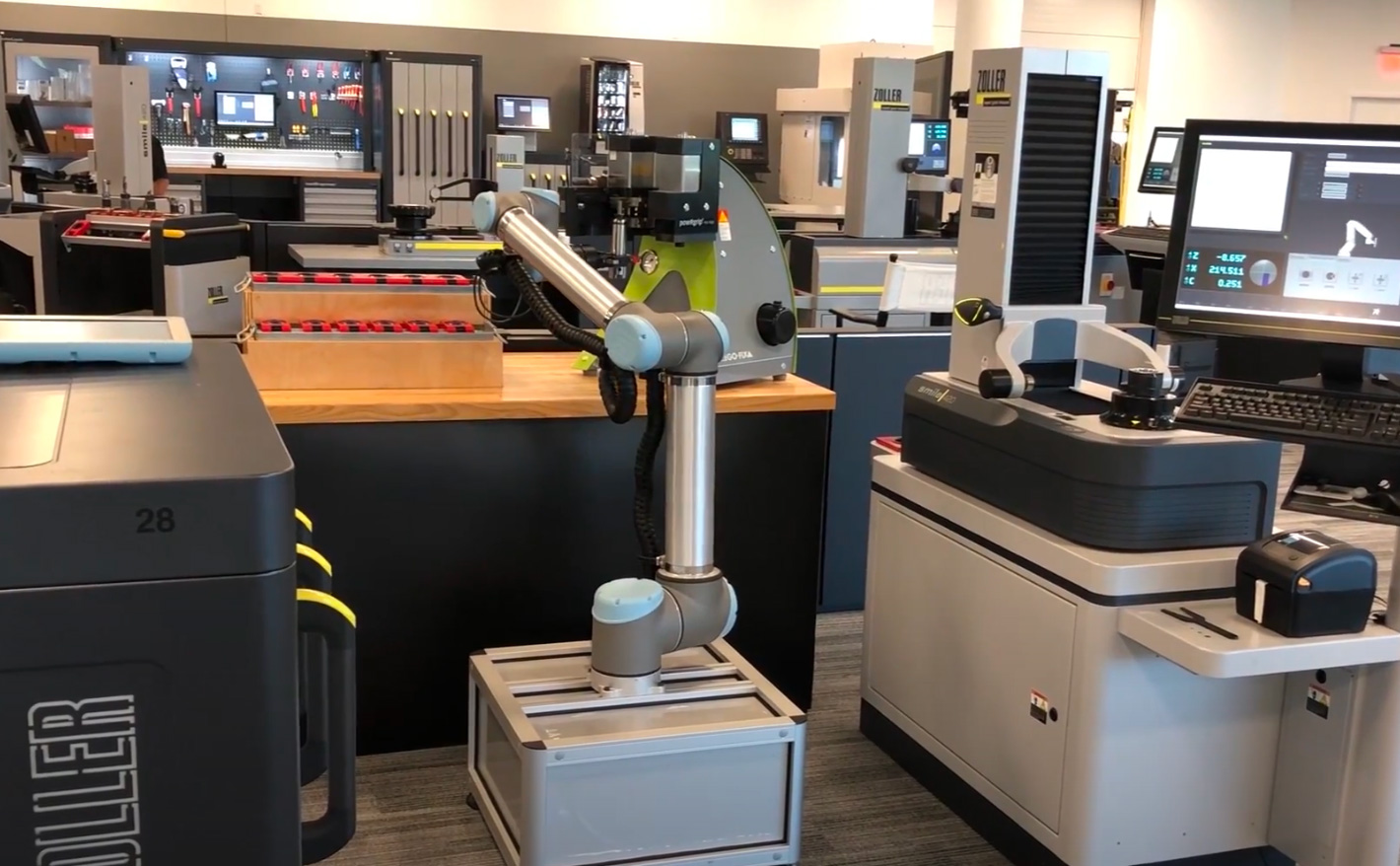Whether you’re a small five-person shop, a large manufacturing company with multiple facilities or somewhere in between, all the aspects of your production processes can affect your bottom line – and that includes tool management. Larger processes such as CNC machining and quality control often get the lion’s share of attention, but a well-thought-out tool management system that’s consistently maintained could reduce your tooling costs by as much as 20% within a month’s time.
A truly effective tool management system involves everything from software, hardware and storage to initial ordering and purchasing processes. It also encompasses how you define your essential tools and create assemblies for them – and how you use those assemblies or single tools in your machining process. Tracking and tracing all these processes from beginning to end is tool management.
On the software side of tool management, basically all you need is a computer, and if you have an existing ERP system, an effective tool management software should integrate seamlessly into that system. But if you’re starting from scratch, begin with the management software system and shelf space in a defined location, then track tool usage from there. This is more useful than special cabinet systems, especially when you store and track larger tools and holders.
On the hardware side, many shops opt for vending-machine systems rather than tool cribs. You can put a vending system anywhere within a shop, and that includes within a tool crib or at the point of use. These systems come in various sizes, from small to large, and you can fill them with items you use on a daily, basis whether that’s PPE or cutting inserts.
For error-free tracking, some larger, more-sophisticated vending units incorporate light bars that detect items as they pass through on their way to a retrieval chute. Accordingly, these systems only check out an item after it passes through the light bar.
Most tool management systems are designed to grow along with your changing manufacturing and business needs. Unfortunately, many smaller shops fail to grasp this scalability and assume that tool management systems are too sophisticated for companies their size. In fact, these systems provide benefits regardless of facility size and type of production – either high-mix, low-volume or high-volume, low-mix. To dispel these misconceptions, some tool management system providers offer various system platform levels.
For instance, Zoller offers bronze, silver and gold levels of tool management systems. Its bronze level focuses on creating a single component and the tool engineering itself. The silver level adds stock traceability and accountability, while the gold level covers everything from ordering and purchasing all the way to reporting. The platforms are customizable, so users don’t have to settle for a stock package. They can add items and modifications to customize a system specifically for their needs, whether they’re a small or large shop.
Tool management is just as critical as all other manufacturing processes, and it can affect your bottom line. Whatever the size of your building, your operations or the types of parts you make, tool management systems offer benefits for every shop.

